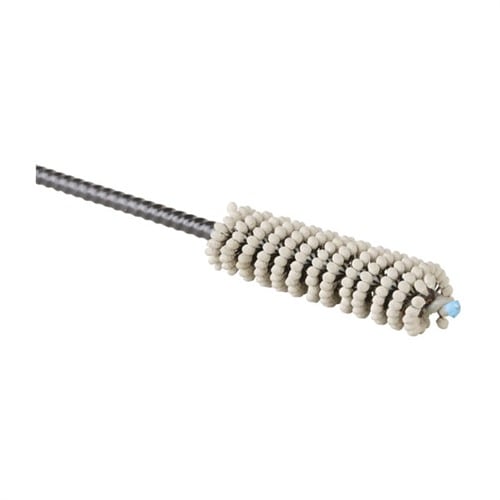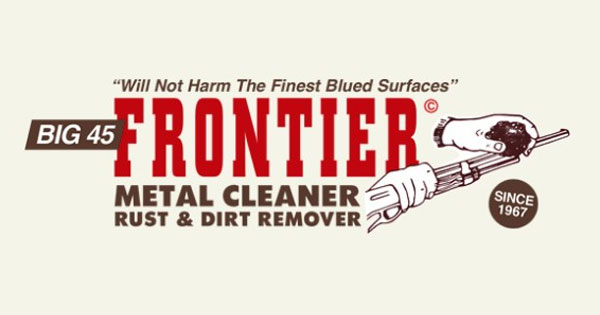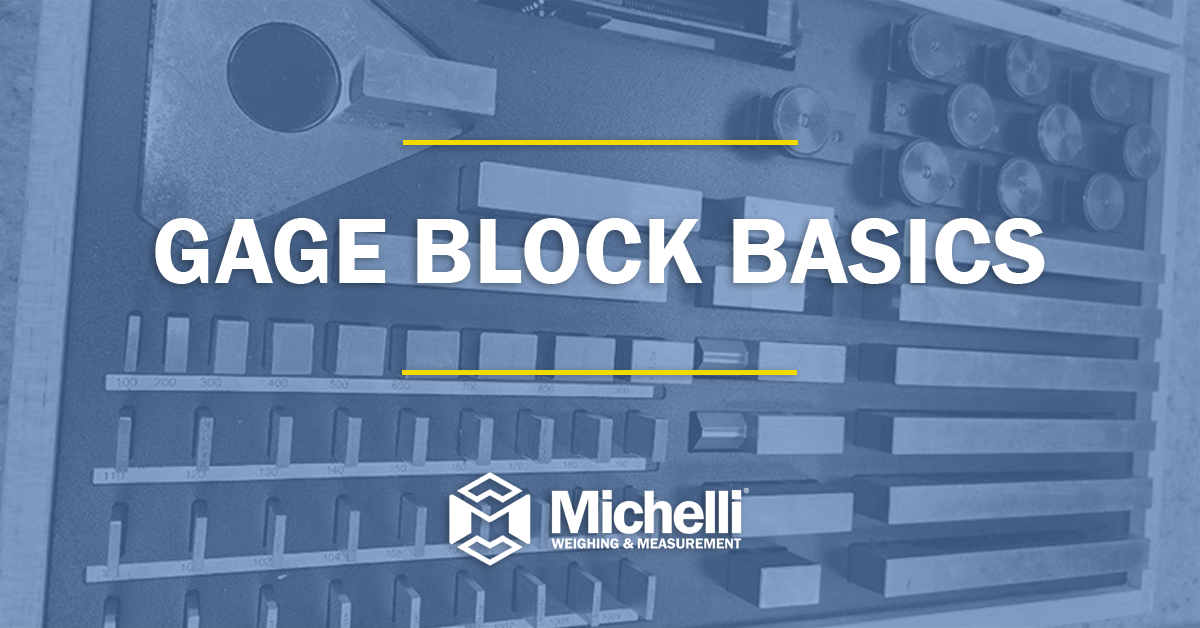Notice I said .0001's of an inch and it will continue cutting until it maybe only cutting .00001's of an inch but it is still cutting. In order to measure that, the average gunsmith is going to have to have tools that measure that small, and they simply don't, they cost too much.
So you may agree to disagree, but you are wrong. Notice I said
If a person hones their barrel repeatedly, eventually it will alter the size. The amount of course depends on how often and for how many passes the hone is used, and the hardness of the metal itself, along with the original surface finish.
So do you have instruments or whomever that measures .0001 or less ? My buddy's expensive bore gauge only measures to .001 definitively, less is a guess. So to say they quit cutting is a total misnomer, they simply slow down as to how much they are cutting.
Now to the grits provided by Brownells. I bought an Ithaca barrel that turned out had rust pits in it from sitting and water/condensation in a line at what was the bottom. The rust pits extended into the chamber. My one gunsmith friend has a coarser grit chamber hone which removed the pits but also enlarged the chamber a few .001's of an inch because they remove material radially.
My other gunsmith buddy has various grits barrel hones and he was able to get the pits out of the barrel. It took a while, they were deep. Does it hurt, no, it is just like back boring a little bit.
Now as far as opening chokes up, of course not. Let's talk 12 gauge choke constrictions. A FULL is .035 while an Imp Mod is .025 (constriction according to the chart I looked at just now, other charts vary). That is a .010 of an inch difference. It would take a very very long time to hone out .010. How about a Full to a MOD (.019 constriction) so .016 has to come out, that translates to .008 on a side because you are not removing the material from one place, you are removing equally all around the dial. .008 at 12 and .008 at 6, etc.
So once again I said:
But once again the alteration is going to be measured in .001's of an inch (or fractions thereof) , not .010's of an inch
To clean up my barrel, the amount honed out was in the .001's of an inch. The pits were deep enough to feel with a pencil tip. To be able to feel a pit with a pencil tip, it has to be at least a couple .001's deep. So the coarser grit hones as supplied by Brownells have to be able to remove that much material.
If the pit was .002 deep, that means that .0021 (at least) was removed on a side, increasing the bore diameter in the pit area by .004.
.010 is ten times .001. Fractions thereof as I said are 100 or even 1000 times less than .001, but still measurable with the right instruments.
And yes I had that experience, I was able to set my micrometers to be accurate to .00005 of an inch.
And finally to start it all off I said
You should say "altering much".
I could have fine tuned that statement to say altering much to have an practical impact or significant dimensional change (for the fine hone).
But they still will continue to remove metal. That is what they were designed to do. There is no disclaimer on any mfg'er's site that says "Our hones stop cutting when the surface finish gets to this".









